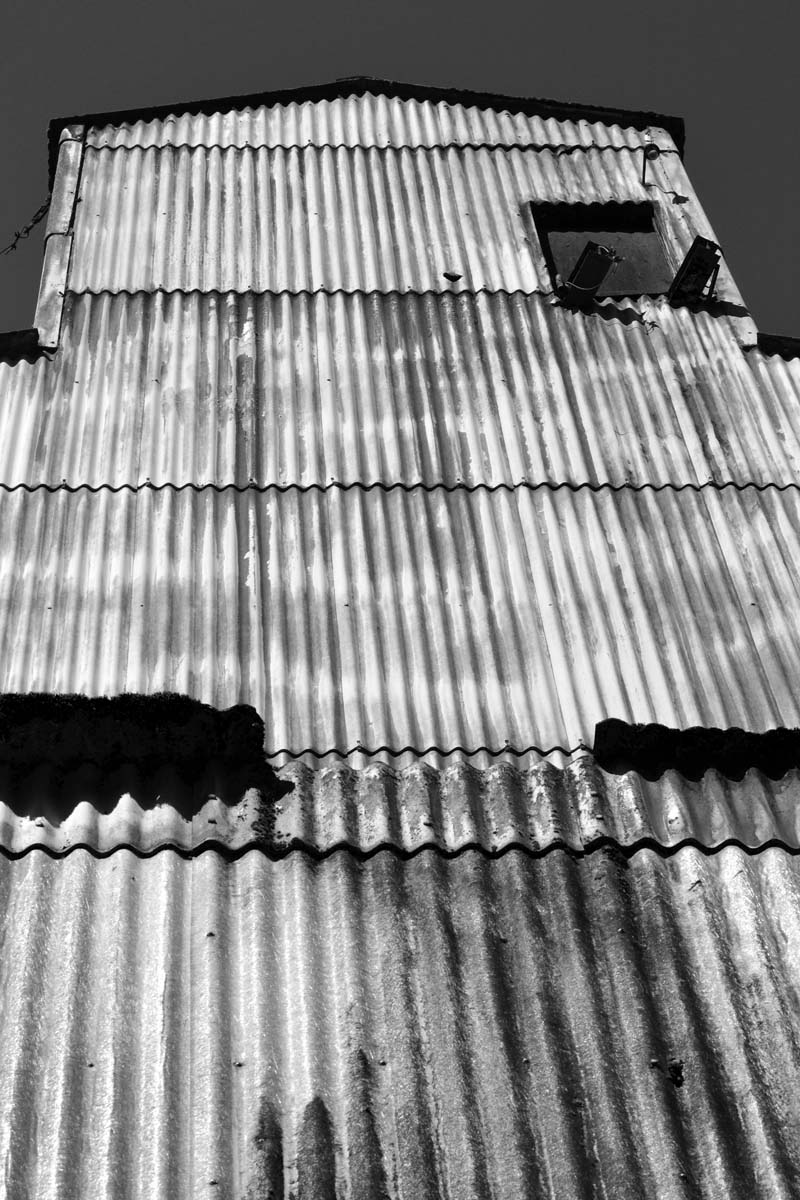I’m a bit out of words after the last round of intense writing, and so was grateful when my inbox showed The Met‘s announcement of one of their new exhibitions, Bernd and Hilla Becher, linked here as a video. Just in time! Great justification to dig up some of my old pictures.
Here is the written description of Bernd and Hilla Becher – not exactly a prickling name for an exhibition, but what do I know. Those two photographers influenced generations of Germans to look at industrial landscapes with new eyes, however.

Their work is fiercely copyrighted, so to see a whole slew of images you need to go to the MET website – it’s worth it!
“Using a large-format view camera, the Bechers methodically recorded blast furnaces, winding towers, grain silos, cooling towers, and gas tanks with precision, elegance, and passion.”
What can I say: Using a point&shoot camera, I also recorded blast furnaces, winding towers, grain silos, cooling towers, and gas tanks, although not methodically, or with precision, elegance, and passion. I’m doing it as I do everything when wearing my photographer’s hat: I forage, gather, collect and store indiscriminately and spontaneously, since I find about everything, truly everything in this world of visual and/or thematic interest. Ok. I will never ever photograph sports. So there.
Here’s a sampler, then, of some of the industrial structures that I found in my travels.




















And below is a sequence that I really wanted to share while we’re on architecture and design, accumulated by Sheehan Quirke who has a wonderful newsletter you can subscribe to, introducing historical and cultural facts and oddities.
Here are comparisons that appealed to me.
Scottish Parliament (2004, left) and the Hungarian Parliament (1902, right)






Here is some music by Liszt written during the Industrial Revolution. What was happening affected music quite unexpectedly in some ways. Musicians started to compose more freely, and were able to communicate more widely due to the advent of steam engines which sped up travel. This opened new audiences, which included also a growing middle class due to improved living circumstances, not just the wealthy aristocracy. Better machines produced better instruments, and larger audiences required larger concert halls, which led to more instruments and duplicate sections shaping a fuller sound. Music changed. As, obviously, did architectural styles….






Steve T.
Yet again, Friderike, you amaze me! Great discussion, wonderful photographs, solid analysis . . . your work should be broadcast. I appreciate what you do. I appreciate you. Thank you.